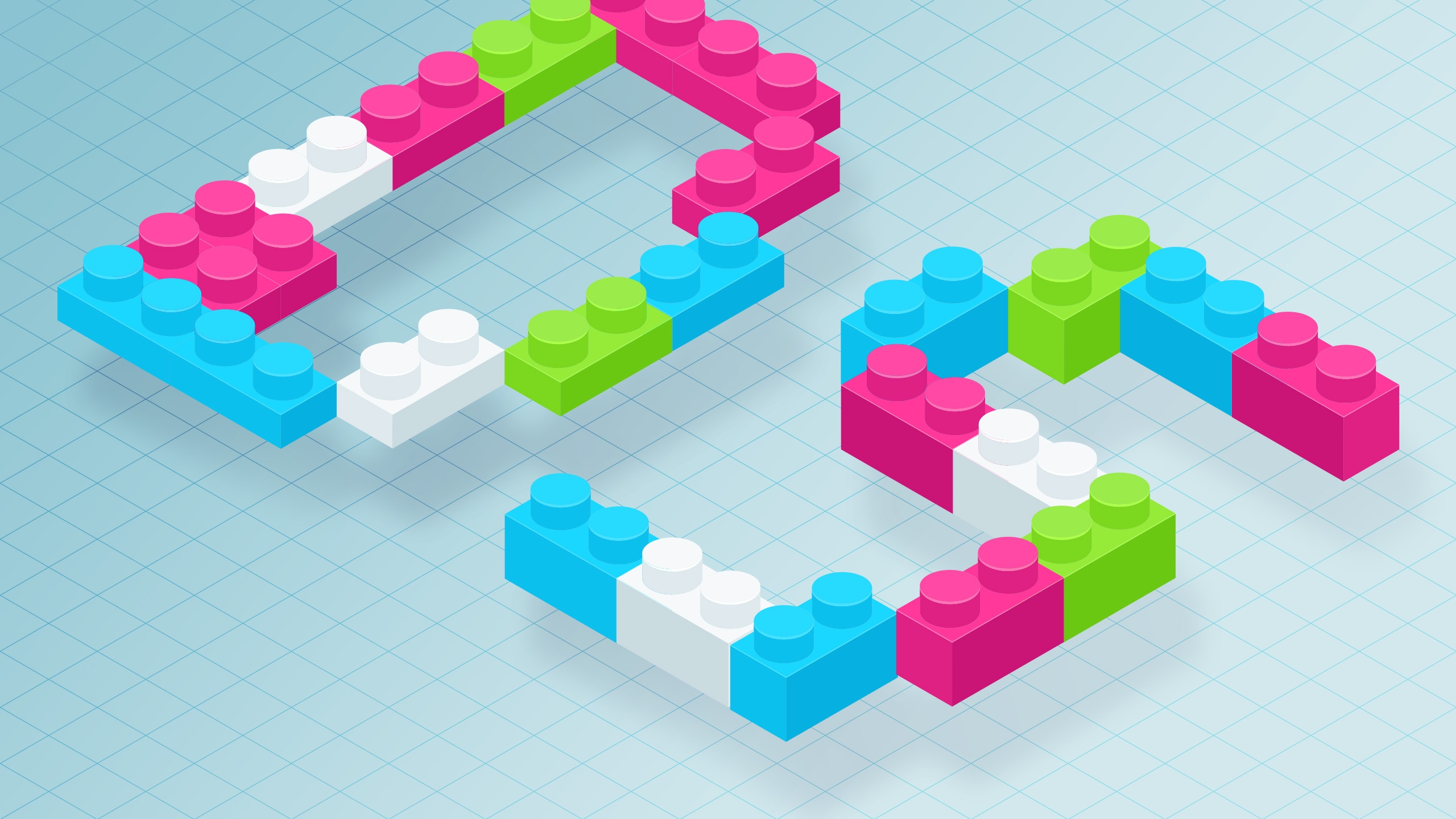
Date
16 September 2025
Category
Design, Design systemA design system is just a cost if its core principle is forgotten
We often define a design system as "a collection of reusable components." Hidden in that definition is the make-or-break principle: reusability. Without it, your design system quickly turns into an expensive library of one-off components. With it, you get the speed and efficiency every product team is chasing.

This article was written by:
Jukka Forsten, Principal Product Designer
Here are a few tips to check whether your organization’s design system is actually productive.
Is your component structure truly atomic – and why should it be?
Atomicity means breaking down components into the smallest possible pieces. Just by browsing your Figma library, you can tell how reusable your components really are.
Ask yourself: Was this complex component built just for a single feature? If yes, it probably doesn’t belong in the shared library — and it’s not worth building as a coded component either.
How can reusability be improved?
- Think about how a component could be broken down into even smaller pieces – atoms – that are more likely to be useful across projects.
- Add the necessary properties and variants to your Figma components at the atomic level. Often, this is enough to cover needs at the molecule level without bloating your system with extra variants.

Watch out for variants that only change content
A classic anti-pattern: two separate components that are identical except for the text inside them. That’s a fast track to killing reusability.
The same applies to molecule- or organism-level components where a small element could simply be an atom with a property or variant. Keep flexibility at the atomic level whenever possible.
Evaluate the reusability of your Figma variables
Figma design tokens should also maximize reusability. But too often, they drift into “component tokens.”
For example: if you have separate semantic CTA-color tokens for default, hover, and active states, you’ve slipped into component-level tokens. That bloats your token count and reduces flexibility.
Semantic tokens are harder to define — especially the first time around — but they pay off in long-term scalability.
Do you have consistent design practices?
Even the best-built components won’t help if your design workflow is chaos.
- Do people constantly struggle to find the right Figma page?
- Does every project have its own way of organizing files?
- How much time is wasted just trying to locate the right design?
Unified practices and file structures save teams hours of frustration and make onboarding into new projects seamless. A design system isn’t just about components — it’s about how your organization works with them.
Final thought
A well-maintained design system accelerates delivery, reduces costs, and improves quality. But it won’t run on autopilot. Keep checking:
- Are your components small enough to be reused?
- Are your tokens still truly semantic?
- Are your workflows consistent across teams?
With these in place, your design system becomes a real engine for efficiency — not just another line in the budget.